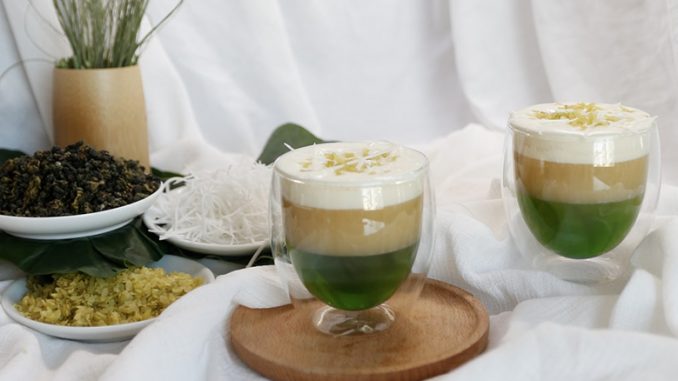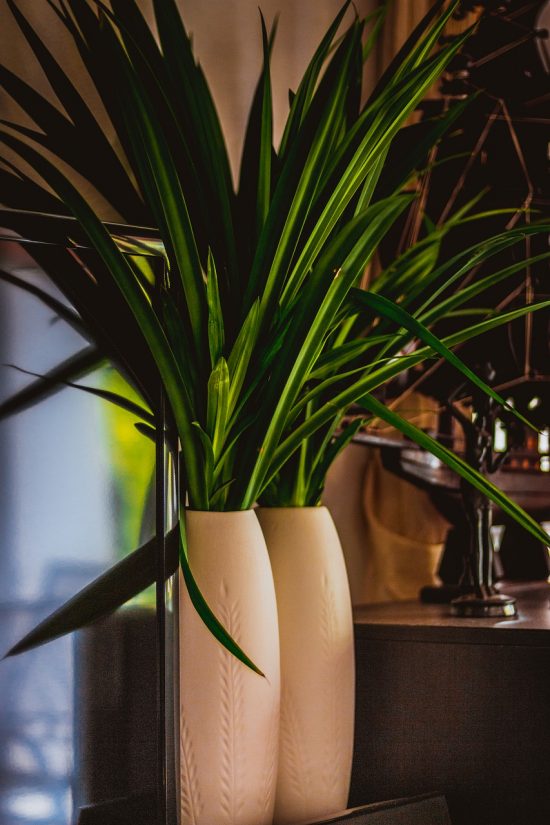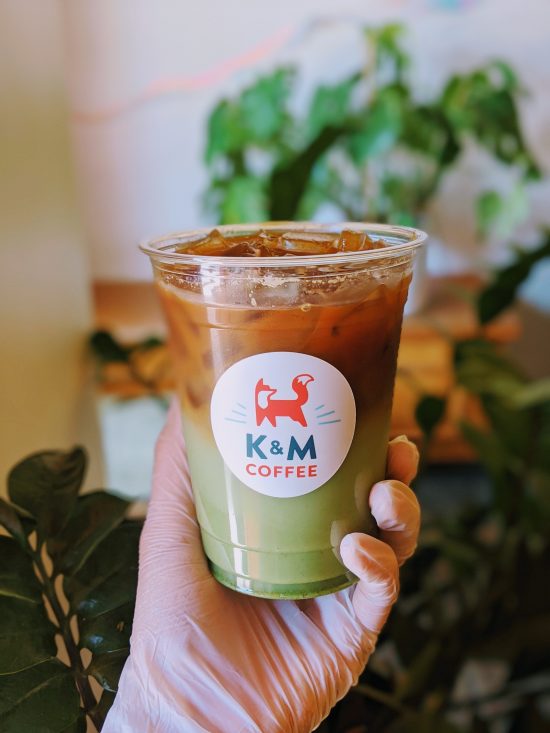
We take a look at the uses of this aromatic Southeast Asian plant and its presence in desserts and beverages.
BY KATRINA YENTCH
BARISTA MAGAZINE ONLINE
Cover photo by An Nguyen sourced from Unsplash
From the editor: The “Know Your Ingredients” series has been a way to expose readers to a popular café ingredient they may have never seen before. However, it is also an opportunity to further understand the history and significance of that ingredient in order for readers to better educate their clientele and utilize it more efficiently in a recipe. Today, we continue to do this by featuring pandan.

A major appeal for an ingredient’s popularity in the beverage world is its ability to create bright splashes of color in drinks—just look at the way that matcha’s green hue has captured the hearts (and rosettas) of baristas across the world. If you’re into the look and taste of matcha, you might be equally enchanted by the similarly green and grassy yet subtly sweet aromas of pandan.
Thai chef Pailin Chongchitnant describes this long-leafed plant as “the vanilla extract of Southeast Asia,” and she likes to incorporates it into Thai desserts regularly. To do this, she transforms pandan leaves into an extract used for baking. The pandan plant thrives in tropical climates, which is why you may only see its leaves in the frozen food aisle at your local Asian grocery store depending on where you live. (Tip: Try not to switch the leaves between the freezer and refrigerator too often, otherwise you will dehydrate the plant of its aromas more quickly). However, even in frozen form, pandan’s addictive flavors shine through any beverage or food. Some common tasting notes for pandan leaves include floral jasmine, vanilla, coconut, and almond.
Thailand isn’t the only country that utilizes pandan in desserts; Indonesia, the Philippines, Vietnam, and several other Southeast Asian countries incorporate it as an extract in sweet treats, often combining it with other popular Asian ingredients like jackfruit, durian, coconut, and taro. Outside of sweets, people also like to use the leaves as wraps over savory foods for an added flavor complexity (similar to banana leaves), or they will grind the leaves into a paste to add to food. According to The Spruce Eats, pandan also shares a flavor compound with basmati rice, and cooks will occasionally season their rice with the leaves as well.
As with most of the “Know Your Ingredients” topics, people are always curious to learn about their health benefits. Because pandan is a grassy plant, it shares similar health benefits to other plant-based ingredients. It is a source of antioxidants, particularly vitamin A, as well as iron and fiber. However, we won’t tout this ingredient as a “superfood.” Little research has been conducted to validate “the healing powers of pandan,” but there is some evidence of its use in Ayurvedic medicine to treat stomach indigestion, joint pain, and flu-like symptoms.

So what kinds of ways can you use pandan for beverages? Pandan is an incredibly versatile plant-ingredient, and in extract form it can certainly serve as the “espresso shot” to your milk beverage, similar to how you would create a matcha latte. However, it can also be added as a flavor ingredient to an espresso beverage, as well as to other non-coffee beverages like lemonades and iced teas. You can also add the leaves to cold brew for a subtle floral infusion, or steep them in boiling water for several minutes and add brown or palm sugar for a pandan tea. If you decide to incorporate pandan into your own baked good offerings, you’re not limited to recipes that exist within Asia, either—as mentioned earlier, pandan can be used to replace vanilla extract, and the possibilities are endless when it comes to adding it to cookies, cakes, ice cream, and more.
Find out how to make your own pandan extract here, and if there is no Asian grocery store near you, there is plenty availability of pandan online.

